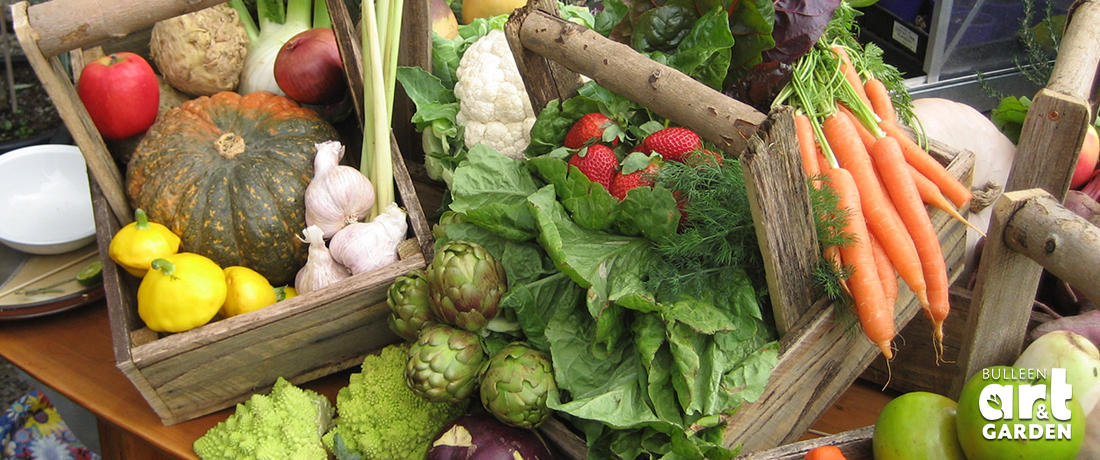
Feeling daunted by permaculture terminology? Wondering what it all means and whether you can have a slice of the Permaculture pie? Let us lead you gently through zones, elements and relative locations with our simple guide, leaving you feeling relaxed, emboldened and ready to take the permaculture plunge.
What is Permaculture?
Permaculture is a design system for creating sustainable ways of living. General permaculture principles can be scaled down for application in your garden. Everything is moved around on paper first to ensure that it is keeping the best possible company. This is called relative location. An apple tree in the chook run can be better than an apple tree on the lawn for a number of reasons. The chooks get shade and eat the grubs and fallen fruit, the tree gets manure and pest control.
Maximise food production in the area available to you. Grow food in hanging baskets, raised beds, up walls and on balconies. Save time and energy through planning. Placing things you most frequently visit in the most accessible spot. This would include your vegie patch, worm farm and any seedlings you are propagating.
Everything is selected with more than one function in mind. If you need a hedge then you could choose a fruiting plant that will provide you with food while also being a hedge! It may also provide shade, wind control, mulch, autumn colour and protection for other plants. Imagine a hedge of blueberries to feast on!
Work with nature. Use plants and animals to provide insect and weed control, nutrients, habitat for native animals, mulch and healthy soil. A grevillea will attract birds to the garden, providing you with flowers and pest control. Healthy soil is the key to healthy plants and is achieved over time with compost, manure and mulch.
Capture, store and use energy within your garden. Turn food scraps into compost, leaves into mulch, manure into fertilizer and direct water into tanks.
Having a diverse, well-designed and sustainable garden that allows for habitat and food production is the key. Through basic design principles and organic gardening methods the permaculture way is a productive and satisfying path.
